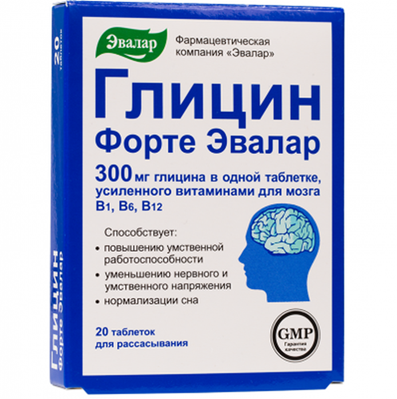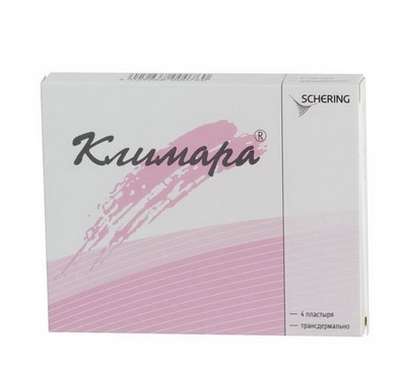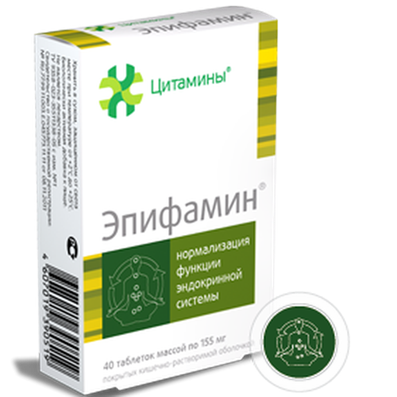Growing of organelles
06 Nov 2016
The biologist Dr. Doping tells about flat and three-dimensional cultures, methods of creating artificial organs and problems of Bio-printing.
Great achievement of the beginning of XX century was that people learned to cultivate the cells of the human body, the organism is a mammal. For this, they used a petri dish, that is, the flat surfaces where the seeded cells. In general, the beginning is the cultivation took place even in the hanging drop, without the surface, there is a drop hung, and this drop to anything not attached, a separate floating cells. Then the technology has become refined, and we learned how to grow the cells on the surface so that it has become convenient to look at them under a microscope, observe what happens. And, of course, all the cellular biology and genetics greatly developed taking into account the fact that we were able to cultivate the cells in our body outside the body for a very long time, growing them on plates.
But, as always, we reach some limits when the cup is full, we say: we must move somewhere further, because we already do not have enough. Similarly, humanity is now no longer enough that the two-dimensional propagation of cells in the cup because we are three-dimensional, we're not flat, like smeared on the asphalt, we exist three-dimensionally. How there is a community of cells in three dimensions? All of our three-dimensional bodies, too. That is, with the development of technology researchers an opportunity to study the culture is not flat and three-dimensional culture, or, as they were called now, organelles.
A similar trend appeared quite recently, just in the past, probably 3-5 years old. It is clear that the desire has always been to collect some bulk body with the help of something, but we must understand that no one collects in the course of individual development, the formation of the body from the outside - it all comes from the inside, the cells themselves are placed. And those who have not kept to the right place, which were not in the right neighborhood, actually die without finding a helping hand from a neighboring cell. Here the task is just the opposite: we need to collect a variety of cells, so that they were friends with each other and continue to grow further. This can be done, not all types of cells and cultures. But in recent times was really a lot of progress in the artificial cultivation of organelles.
To support immune system – buy IRS 19 nasal spray, Cerebramin, Semax and Ladasten.
The first great work was published in 2013, when Austrian researchers was grown organelle, which they called cerebellar organelles. They worked with stem cells and, like many, grew them in the cup, in a plane, in the culture, but then decided to detach from the surface and move in floating in suspension culture, the cells are not attached. In order not attached, they put them in a bioreactor with stirrer, which kept their mixed and did not allow to attach. These cell culture took a spherical shape, small spheres were formed, and then, surprisingly, they began to increase more and more in size. It turned out that in the bioreactor environment where we are actively growing tissue around changing the culture medium, thereby providing oxygen and nutrition, these growing cell formation, cell feel good, the right processes are in them.
Scientists have studied and used in their experiments, embryonic stem cells. The embryonic stem cells during neuronal differentiation of neurons in the direction, of course, has the potential formation of the brain. And what they saw after a while? When we are given the opportunity to grow neuronal culture in three-dimensional space and provided with nutrients that they have received, - these were cerebellar primordia. When they learned the culture and began to analyze them with the help of the so-called sections - cut into very thin sections under a microscope began to look at it like structure histologically, ie the cells there are, - it turned out that is really similar to how the in the cerebellum. After that, they took the already special marker proteins and with their help, these sections were stained, and it turned out that they really raised the structure of the cerebellum: there just settled cells, such as layers, formed the same community of cells.
Surprisingly, it turned out that is the human body - and they used just embryonic stem cells and reprogrammed human cells - to generate a fragment of the human body.
Another group of scientists from England later received similar organelles, but what they watched, a little changing the culture conditions, - it turns out there was organoid cortex. That is, we can grow some small bodies (they were called - organelles) that will repeat structure of individual organs, thereby giving us the opportunity to study in more detail some processes, something to model. Generally, the most remarkable thing in these organelles - this is probably the modeling, the ability to model something human, but without human intervention.
Another similar organelles was gut. Again, as stem cells, pluripotent stem cells were taken, scientists in a certain way to influence them by means of certain growth factors, and then grow to a certain stage realized that on the cup and in the bioreactor are not very well grow: they It becomes very large. And then they decided to go to a trick: they are the beginnings of organelles transplanted into a mouse, and the mouse it was further developed. And in the place where the transplanted these germs really developed intestines - with crypts, with all the necessary cells and so on.
Moreover, when the human intestine, which evolved in the mouse, infected with Helicobacter pylori, it turned out to be infected and how would show all the signs of peptic ulcer disease. Thus, it turned out that we are on the one hand, have started to create something outside the human body, on the cup in the laboratory, then, in order to obtain a more adequate model moved it to the animal, but in this case it is completely mimicked the what happens in the human body. That is, these organelles provide today a tremendous opportunity to use it primarily for the development of new technologies to find new drugs for the simulation of various diseases. This is true not only in the field of scientific knowledge as to what we use scientific knowledge for the development of a specific technology of this body.
One way to create a bio-printing bodies. She is now in rudimentary form, because the printers are already well established, but so far for bio-printing lacks bio-ink who would behave in the same way that behaves program and connective tissue of the body during development, to first, each cell was isolated, and then, when we printed the body, we get a body composed of cells that interact with each other.
But go and the other way: do not use biopechat and biosborku. And we have enough in his laboratory successfully use such biosborku. For example, we get a separate vascular endothelial cells, which passes the blood separately obtain liver cells and stromal fibroblasts obtain separately. All that we get from induced pluripotent stem cells, that is, genetically it belongs to a single patient. Then we mix in certain conditions of vascular endothelial cells, liver cells and fibroblast cells in the stromal cell - have spherical structures are formed, which represent the embryo liver, small fragment, as if the cell.
If we take a lot of hundreds that we are easy to assemble, add them together and they communicates with each other - than it is now, we just deal with - we have already received a large liver. But it will build an artificial way, not as cerebral organelle, created by the internal program of cells, not as bioprinting when we cage somewhere forcibly shove. When we have three cell populations, they form a structure similar to that which exists in the liver. Probably, it is today the most striking examples of the existence and development of artificial organelles that are there.

 Cart
Cart





